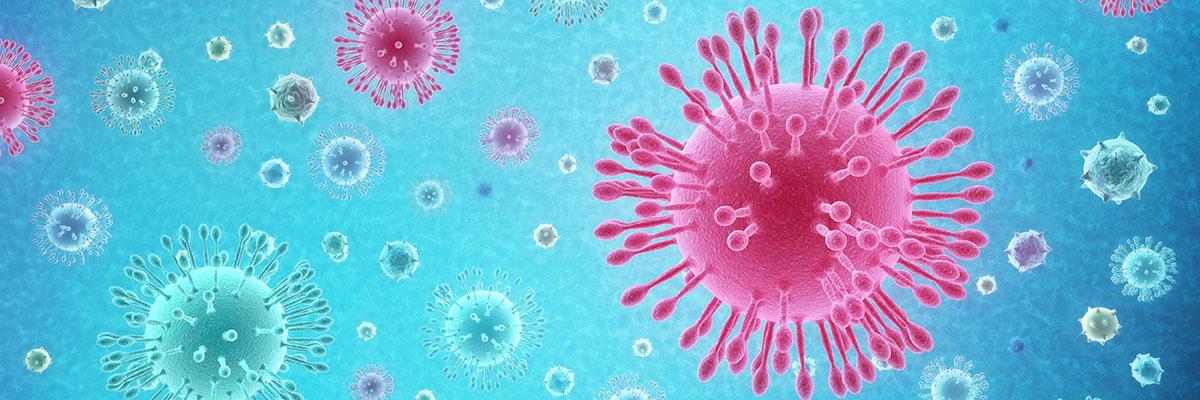

AHA Comments on NASEM’s Discussion Draft of the Preliminary Framework for Equitable Allocation of COVID-19 Vaccine
September 4, 2020
Committee on Equitable Allocation of Vaccine for the Novel Coronavirus
National Academies of Sciences, Engineering, and Medicine
RE: Discussion Draft of the Preliminary Framework for Equitable Allocation of COVID-19 Vaccine
On behalf of our nearly 5,000 member hospitals, health systems and other health care organizations, our clinician partners – including more than 270,000 affiliated physicians, 2 million nurses and other caregivers – and the 43,000 health care leaders who belong to our professional membership groups, the American Hospital Association (AHA) appreciates the opportunity to comment on the National Academies of Sciences, Engineering and Medicine’s Discussion Draft of the Preliminary Framework for Equitable Allocation of COVID-19 Vaccine.
AHA foremost stresses the critical need for a unified set of guidelines on the variables associated with all issues of equitable COVID-19 vaccine allocation. The country has been confused by the multiple and sometimes conflicting information on testing, infection prevention, return-to-work and school and many other decision points as we move through this pandemic. We recognize that science is evolving, but in this extremely important consideration of achieving immunity, we cannot further the uncertainty of individuals, providers or public health officials. Please assure a single message.
We would also make the following, specific comments on the discussion draft
- There is a missing yet important comorbidity consideration when determining populations which should receive a higher priority standing and that is mental health issues. We urge that both preexisting mental health conditions such as depression as well as populations at risk for developing mental health conditions due to isolation and lack of social interaction, e.g., early school age children, be considered for a higher priority.
- The science is not yet definitive enough to suggest that antibody levels equal the immunity that a vaccine would provide, so unless research findings and science advance between now and the time a vaccine is available, we urge that prior COVID-19 exposure/infection not be an exclusionary criteria; those that may have developed antibodies from prior exposure, particularly high-risk individuals, should not be excluded from groups 1A, 1B or 2. At some point science may tellus more and, at that time, could modify the prioritization of when those individuals receive the vaccine.
- There are several comments in the document that suggest that if states decide to do something different or if private companies/employers require vaccines, they will be allowed to create their own protocols and principles. Going back to our opening statement about a single approach, more clarity in process and policy is required.
- We already know there will be vaccine hesitancy, particularly in communities of color; we must make stronger statements and begin that communication and education NOW. The vaccination campaign should begin now. Trusted messengers with a common message should be engaged for all population segments, especially the most vulnerable. To the degree possible, combining this public relations messaging with the importance of getting a flu vaccine can create synergy and amplification of both messages.
- If multiple vaccines become available simultaneously or in close sequence, how do we ensure most effective distribution protocols? It is a likely scenario that there will be multiple candidates that become available with different sensitivities to different population segments, so multiple protocols will be required furthering the challenge of clarity of message to the public and providers. If there are vaccines that are deemed to be more effective or don’t require boosters, do those go to the most vulnerable first? Furthermore, as the vaccines begin to reach the market, there may be a need to redefine the phases for each of the vaccines based upon populations for which it is most effective. This will be a challenge with public messaging, but should be done to keep up to date with the science. Again, a singular voice of information will be critical to supporting these needs.
- Hospital members will need guidance and support on messaging to their communities on the vaccines’ safety and effectiveness, as well as instructions on how their workforce will need to be vaccinated.
AHA also suggests that the language in the following specific lines of the draft can be misinterpreted or understood differently and deserve further clarification:
- Line 1815: To ensure no cost barriers, providers should not charge private plans for the vaccine.
- Line 1314-1331: Exposure of hospital workers was poorly controlled, so considerations must be made for how quickly hospital adopted tactics to mitigate risk for their workforce’s exposure. There also continue to be within hospitals continuous challenges with personal protective equipment (PPE).
- Line 2237: Suggests one dose of the vaccine produces high levels of immunity. If everything is subject to change, will we eventually see testing prior to delivering vaccine to rule out antibodies?
Again, the AHA appreciates the opportunity to comment on this important effort. Please contact Michelle Hood, Executive Vice President and Chief Operating Officer at mhood@aha.org if you have questions.

